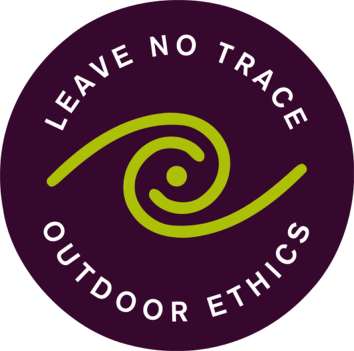
The Susquehanna Lowland Section consists of low to moderately high, linear ridges and linear valleys, and the Susquehanna River valley. Relatively soft shales, limestone, and siltstones occur in most of the lowlands. The local relief is much less than the Appalachian Mountain section to the west. The Section was formed in the same way; the rocks were compressed toward the northwest by pressure from the southeast. This pressure folded the rocks into the long, linear folds. Erosion of the folded rocks created the ridges and valleys of the Susquehanna Lowland Section. The shales and siltstones are eroded more easily than the sandstones. Thus, as erosion proceeded, the slowly eroded harder rocks like sandstones form ridges while the softer rocks such as shales and siltstones are eroded more rapidly to form the lowlands.
The Susquehanna Lowland Section is a subsection of the Ridge and Valley physiographic province which is one of the six distinct physiographic provinces of Pennsylvania. This province is the second largest in the state and is home to the famous anthracite fields. The rocks here are severely folded and contain numerous anticlines and synclines that plunge and fold back over each other. There are numerous thrust faults that help create a chaotic mess. Most of the deformation is result of continent to continent collision during the Alleghenian orogeny. There are seven distinct regions of the province and they are listed below. Much of the drainage patterns in the province is trellis.

Tuscarora Mountain anticlinal at McKee’s Half Falls is made up of very hard sandstone about 20-25 feet think in places and shale perhaps twice as thick. These falls are the crest of this anticlinal line, top part of this fold. So knowing that you will also now know that you cannot see the fold here unless you cut down into the earth where the river is. Over the next several thousand years the Susquehanna River will continue to cut through the earth here and eventually will lead to good views of the anticlinal here. The rocks here are of the Devonian period of time which was between 365-405 million years ago.
In structural geology, an anticline is a fold that is convex up and has its oldest beds at its core. The term is not to be confused with antiform, which is a purely descriptive term for any fold that is convex up. Therefore, if age relationships between various strata are unknown, the term antiform should be used. On a geologic map, anticlines are usually recognized by a sequence of rock layers that are progressively older toward the center of the fold because the uplifted core of the fold is preferentially eroded to a deeper stratigraphic level relative to the topographically lower flanks. The strata dip away from the center, or crest, of the fold. If an anticline plunges (i.e., is inclined to the Earth's surface), the surface strata will form Vs that point in the direction of plunge. Anticlines are often flanked by synclines although faulting can complicate and obscure the relationship between the two. Folds often form during crustal deformation as the result of shortening that accompanies orogenic mountain building. In many cases anticlines are formed by movement on non-planar faults during both shortening and extension, such as ramp anticlines and rollover anticlines.
**Logging requirements**
DO NOT POST ANSWERS IN YOUR LOG.
Send the following answers to me via email.
- The text "GC62024 Anticlinal fighting erosion " on the first line
- Sit on top of the boulder at waypoint “South” and estimate in feet from the top of these rocks to where the rocks in the river are how much in height has the river eroded this anticlinal line.
- At waypoint “North” these rocks are tilted a bit, can you tell me which direction they are tilled?
- Which two directions does the anticlinal line go? {Hint see the rock lines in the water} Now pick one of the following numbers as your answer. (1 = East and west, 2 = North and south, 3 = no direction at all)
**For part two**
There are ZERO places to park and no shoulder along the road. So you are going to drive from the south towards the north and then park at the spot I have found for you to park and then write down your observations.
As you drive past waypoint “Tilted south” and “Tilted north” observe which direction each are tilted. This will help you see the Anticlinal better.
- What direction are the rocks tilting towards for the north side?
- What direction are the rocks tilting towards for the south side?
Sources
- Victor R., Baker. Britannica, 2013. 0.
- Rader, A.. N.p.. Web. 4 Sep 2013..
- water: erosion. Art. Britannica Online for Kids. Web. 4 Sept. 2013.
- http://www.dcnr.state.pa.us/topogeo/field/map13/13sls/index.htm
- Geological Survey of Pennsylvania: Upper Silurian and Devonian formations, by J.P. Lesley
| I have earned GSA's highest level: |
   |